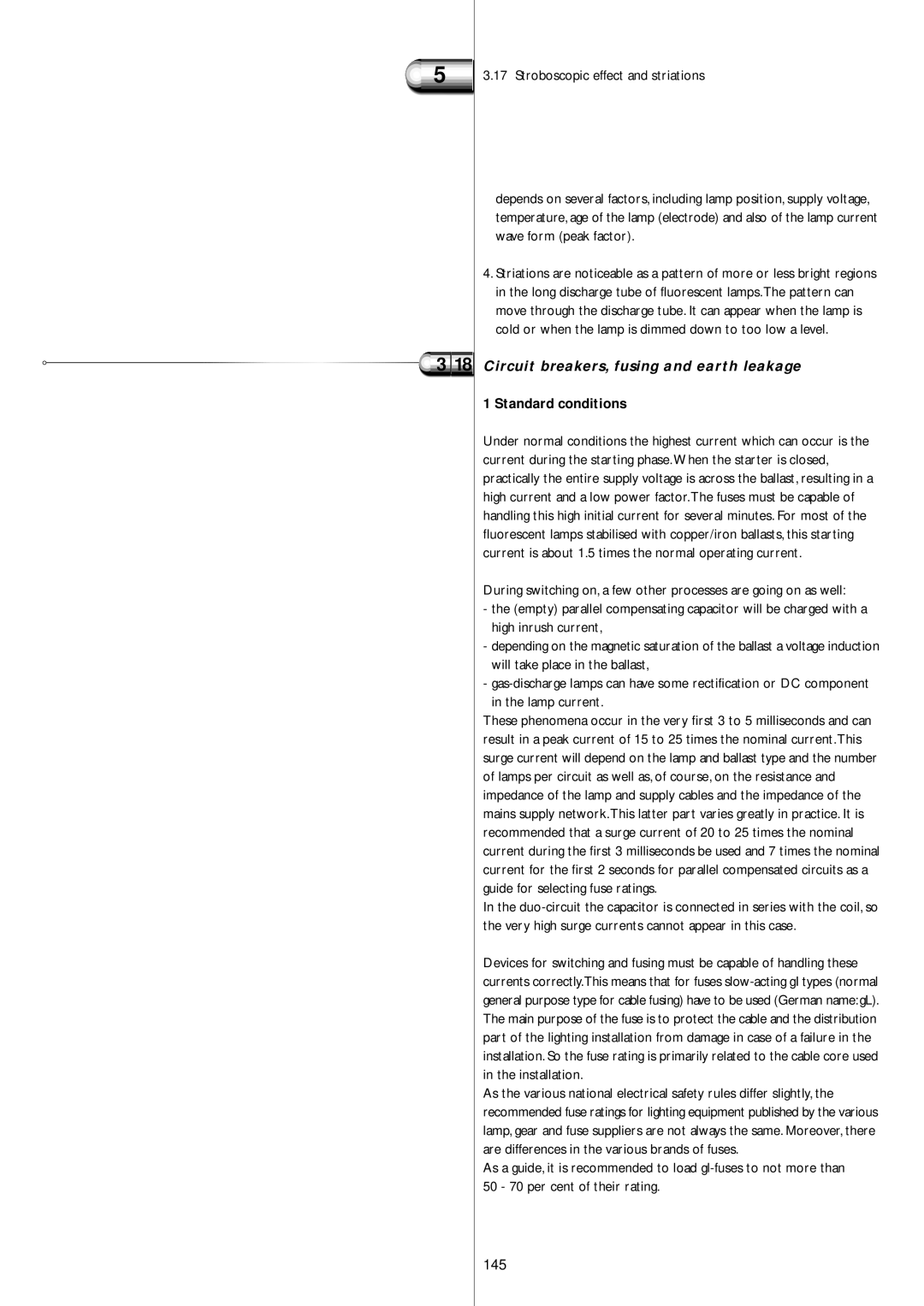Electromagnetic Lamp specifications
The Philips Electromagnetic Lamp is a transformative lighting solution that enhances both indoor and outdoor spaces. Designed to integrate cutting-edge technology with energy efficiency, this lamp offers a range of features tailored for diverse applications, from residential to commercial use.One of the primary features of the Philips Electromagnetic Lamp is its powerful electromagnetic technology. This technology allows for efficient energy conversion, resulting in superior light output while consuming minimal electricity. The lamp is engineered to provide a high lumen per watt ratio, making it an environmentally friendly choice for those looking to reduce their carbon footprint without compromising on brightness.
The durability of the Philips Electromagnetic Lamp is another significant characteristic. Built with robust materials, it is designed to withstand various environmental conditions. Whether exposed to heat, moisture, or dust, this lamp guarantees longevity and reliable performance. Additionally, its resistance to temperature fluctuations makes it ideal for a range of settings, including industrial environments where resilience is essential.
In terms of versatility, the Philips Electromagnetic Lamp shines brightly. It is available in multiple wattages and color temperatures, enabling users to select the perfect lighting for different spaces. From warm white shades ideal for cozy home environments to cooler, brighter options suited for workspaces, this lamp adapts to individual needs and preferences.
Moreover, the lamp incorporates advanced light distribution technology. This ensures an even spread of light without dark spots or harsh glares, enhancing visibility and comfort. It is particularly beneficial for large areas needing uniform illumination, such as warehouses, parking lots, and public areas.
Another key feature is its compatibility with smart lighting systems. Many models of the Philips Electromagnetic Lamp can connect to smart home platforms, allowing for remote control, scheduling, and automation. This modern integration enhances user convenience and promotes energy savings by enabling users to optimize their lighting usage according to their routines.
In conclusion, the Philips Electromagnetic Lamp is a perfect blend of efficiency, durability, and advanced technology. Its electromagnetic capabilities, long-lasting construction, diverse options, and smart compatibility make it an outstanding choice for anyone seeking a sustainable lighting solution without compromising on performance.

